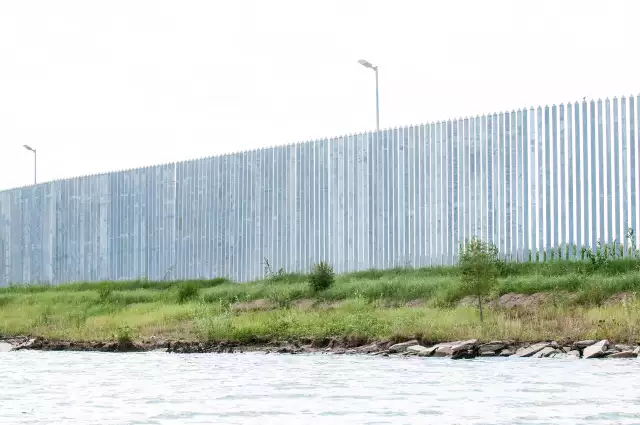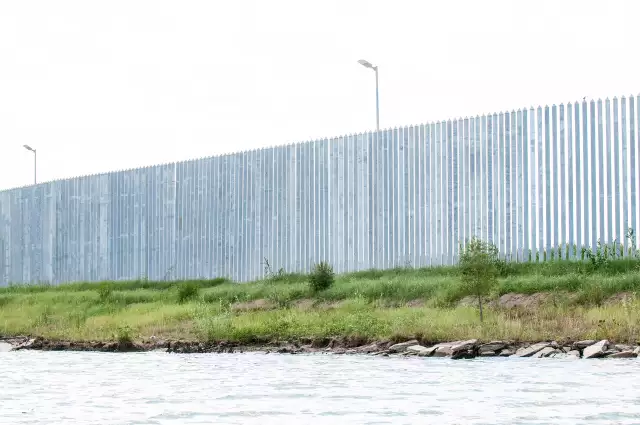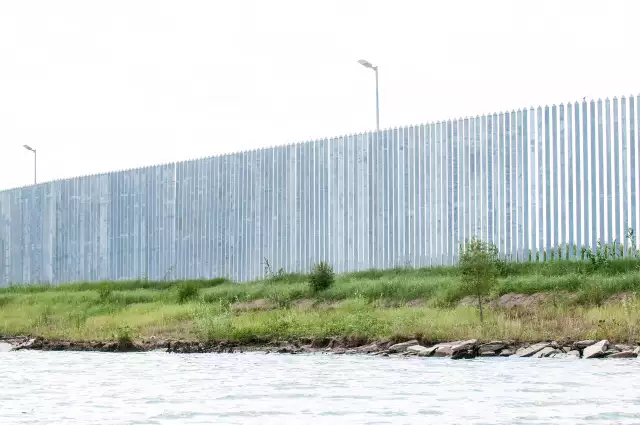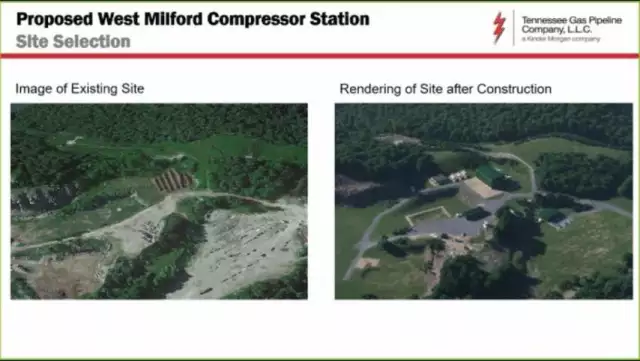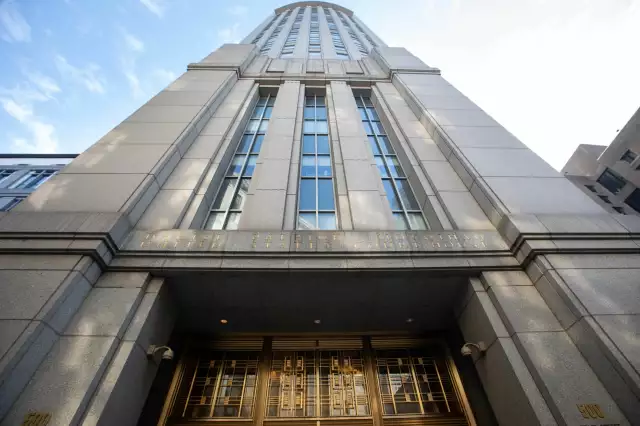US Government Settles Private Border Wall Suit Against Contractor Fisher
US Government Settles Private Border Wall Suit Against Contractor Fisher
June 1, 2022 Mary B. Powers KEYWORDS border wall / Fisher Sanbd & Gravel / private border wall Order Reprints No Comments
South Dakota-based contractor Fisher Sand and Gravel, which received nearly $2 billion in federal US-Mexico border wall construction contracts, has settled a lawsuit brought by the US government over flood risks posed by a separate 3.5-mile wall it built in 2019 with private funds on private land along the bank of the Rio Grande River in Texas.
The wall's risks came to light in a 2019 lawsuit filed by the US Justice Dept. over construction of the $42-million bollard fence, which charged it was showing signs of erosion and instability and was in violation of a treaty with Mexico under the International Boundary and Water Commission. Texas officials and an adjacent non-profit wildlife center also sued over the project.
Under the federal agreement approved in US district court on May 31, Fisher must properly maintain the structure for 15 years, including repairing defects such as bollards that lean more than 6 deg out of alignment, cracks in the foundation more than 3 in. wide and any erosion under the footers or settlement of the foundation.
The agreement includes a requirement that the U.S. be allowed to inspect the wall quarterly, and after rain and flooding, and includes a maintenance and operations plan intended to ensure the structural integrity of the wall, Sally Spener, U.S. Secretary of the commission, told ENR. Repairs must be made within 60 days.
Fisher also must maintain a $3-million bond to pay for the removal of the fence if it becomes unstable or if Fisher fails to maintain it, says the settlement. Opponents had pushed previously to have the wall demolished.
Neither Justice Dept. nor Fisher Sand & Gravel spokespersons responded to requests for comment.
Fisher was hired by We Build the Wall, a group founded by Brian Kolfage to raise money privately through a GoFundMe page to build the project separate from border wall projects awarded and overseen by the U.S. Army Corps of Engineers. Kolfage pleaded guilty last year to defrauding donors and faces more than five years in prison. Steve Bannon, who also was involved in project fundraising, was pardoned by former President Trump for his participation.
The commission had asked to review construction plans before the wall was built to determine if it met requirements of the 1970 boundary treaty with Mexico. It does not allow construction that would obstruct or deflect the normal flood flow of the Rio Grande and maintains the river as the international border. The wall was built without commission approval, Spener says.
The commission was concerned about erosion and collapse of the riverbank, and that water flow the fence obstructed and deflected could cause the international boundary to shift, Spener says. Settlement terms "will make sure the fence is properly maintained,” she says.
The agreement, however, forbids release of a report prepared for the government by consulting firm Arcadis. The Justice Dept. would not say whether the analysis focused on hydrology or geotechnical issues, or why it won't be released.
Marianna Wright, executive director of the National Butterfly Center located near the private wall, which filed the original lawsuit, said the Arcadis report supports hydrology and geotechnical studies it commissioned from Millennium Engineering Group. Its report noted "signs showing potential risks for the wall due to erosion.”
In the federal complaint, government lawyers said Fisher’s actions have exposed the bollard structure and underlying support to “degradations which, as they continue to worsen, could result in the collapse of the structure.” Structures downstream, including the Anzalduas International Dam, could be damaged, the Justice Dept. said.
Wright said that with the next catastrophic flooding, when the wall falls, “it will result in the loss of property and lives.”
